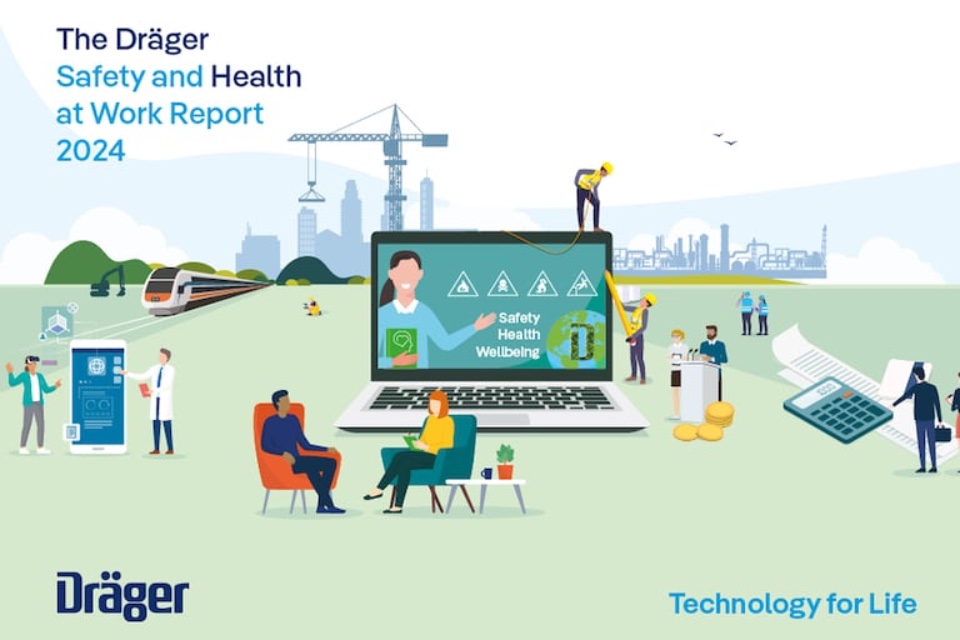A comprehensive health and safety policy is crucial to ensure a safe, healthy, and productive work environment. Creating such a policy is more than just a regulatory obligation — it’s a demonstration of your commitment to your employees’ wellbeing. Here are key tips to assist you in planning effective health and safety policies for your company….
1. Understand Legal Requirements
The first step to creating a health and safety policy is understanding your legal obligations. UK regulations vary by location and industry, so familiarise yourself with the laws applicable to your business. Non-compliance can lead to legal consequences and can negatively impact your company’s reputation.
2. Risk Assessment
Perform a thorough risk assessment of your workplace to identify potential hazards. This could range from physical hazards like fire risks and trip hazards, to ergonomic issues like poor workstation setup, to psychological hazards like work-related stress. Once identified, prioritise these risks based on their potential impact and implement measures to mitigate them.
3. Involve Employees
Your employees are the ones most affected by these policies and often have firsthand insight into workplace hazards. Involving them in the planning process not only provides valuable perspectives but also encourages them to take ownership of health and safety in the workplace. This can be done through surveys, suggestion boxes, or regular safety meetings.
4. Develop Clear Procedures
Your health and safety policy should include clear, step-by-step procedures for various scenarios. This could include procedures for handling hazardous materials, responding to a medical emergency, or evacuating the building in a fire. These procedures should be readily accessible to all employees.
5. Training and Education
Education is key in creating a safe workplace. Provide regular training to your employees about the health and safety policies and their roles in implementing them. Also, ensure that they’re trained in using safety equipment, handling emergencies, and recognising hazards.
6. Regular Reviews
Your health and safety policy should be a living document, regularly reviewed, and updated as needed. Changes in UK legislation, introduction of new equipment or processes, or an accident in the workplace can all signal a need to review and update your policy. Regular reviews also help ensure that your policies are effectively addressing all potential hazards.
7. Foster a Safety Culture
Beyond the written policy, strive to create a culture of safety within your company. This can be achieved by leading by example, rewarding safe practices, and openly discussing health and safety. A positive safety culture helps ensure that safety considerations become a natural part of all work activities, rather than an afterthought.
8. Seek Expertise
Depending on the complexity of your workplace and industry, it might be beneficial to consult with health and safety experts. They can provide a comprehensive understanding of your legal obligations, assist with risk assessments, and suggest industry-specific safety measures.
An effective health and safety policy requires comprehensive planning, employee involvement, ongoing education, and a strong safety culture. By creating a safe and healthy work environment, you not only protect your employees but also contribute to increased productivity and improved company morale.
Remember, in the realm of workplace safety, proactive measures are always better than reactive ones.
Are you on the hunt for Health & Safety solutions for your business? The HR Summit can help!
Image by aymane jdidi from Pixabay









